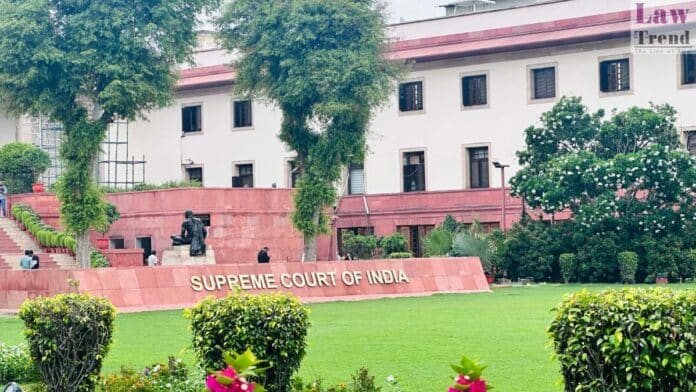The Supreme Court on Wednesday mandated that all nursery and elementary schools across India must operate from buildings constructed in accordance with local building bye-laws. This clarification came as the court addressed a petition from the Central Board of Secondary Education (CBSE), which sought guidance on previous directives issued by the apex court in 2009 concerning school infrastructure.
Justices B R Gavai and Augustine George Masih emphasized the need for educational institutions catering to young children to adhere to local construction norms to ensure safety and compliance. “The nursery and elementary schools should be housed in buildings which are constructed in accordance with the local building bye-laws as are applicable in the concerned area,” the bench declared.
The CBSE had requested clarifications on specific directives, including the requirement that nursery and elementary schools be located in single-storied buildings and that the number of floors in school buildings be restricted to three, including the ground floor. Additionally, there was a need for clarity on the 2009 direction that staircases, serving as exits or escape routes, comply with the provisions of the National Building Code of India, 2005, to facilitate quick evacuation.
Solicitor General Tushar Mehta, representing the CBSE, highlighted the evolution of building codes and state bye-laws since the 2009 directions. He pointed out that many states now permit buildings with more than three stories, equipped with advanced fire safety mechanisms. “There are several states where their building bye-laws permit four-storied, five-storied buildings with fire safety mechanisms,” Mehta explained.
In response, the Supreme Court acknowledged the updates in the National Building Code, 2016, and the revision of model building bye-laws in 2016 after detailed consultations with central and state agencies. The court agreed that the staircases in schools should comply with the provisions specified in either the model building bye-laws of 2016 or the local bye-laws applicable in their areas.
The bench also noted that it had previously directed a senior officer dealing with fire safety from the Centre’s urban development department to submit an affidavit detailing the steps taken to ensure fire safety in school constructions before finalizing the national building plan.




